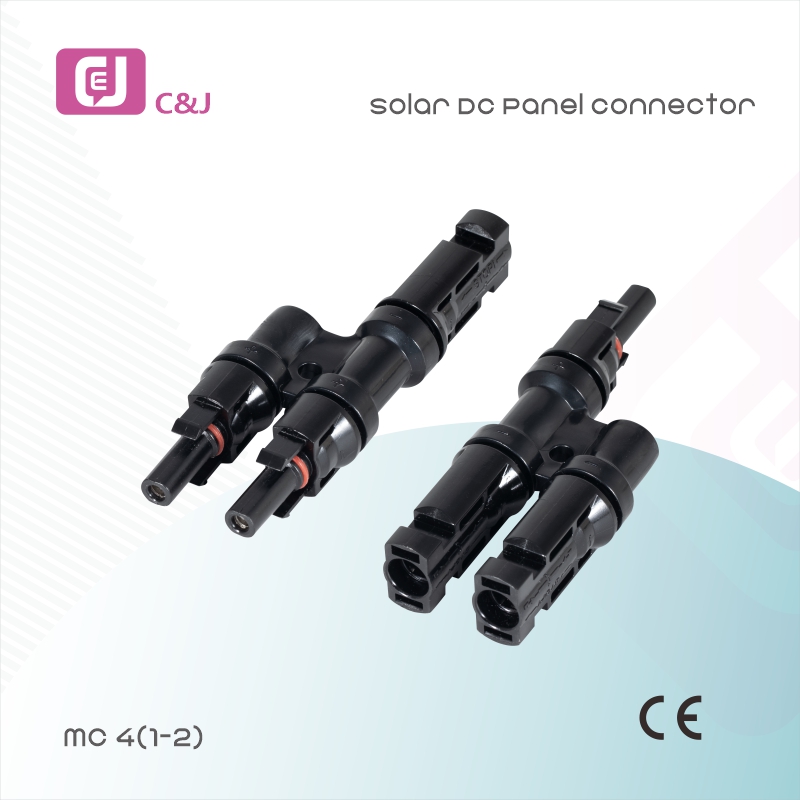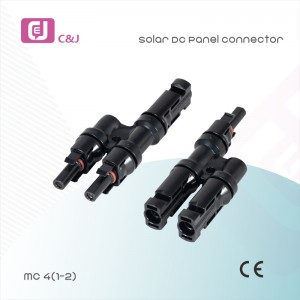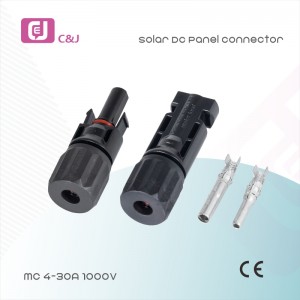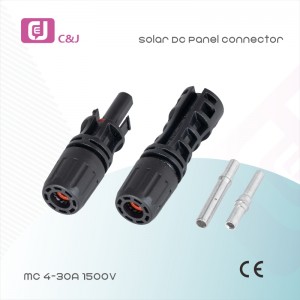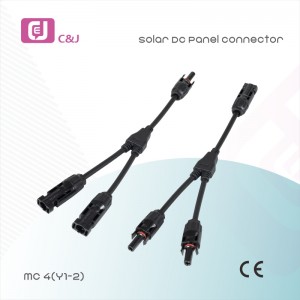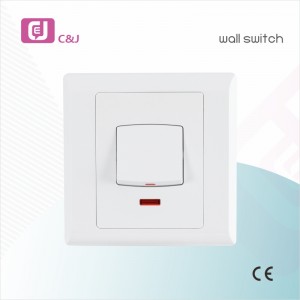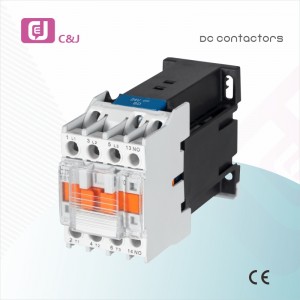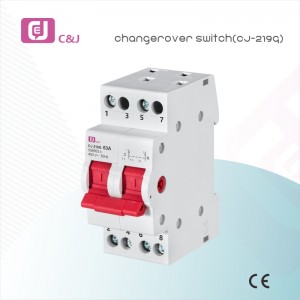China factory MC4(1-2) Male/Female DC PV Connectors Solar DC Panel Connector
Features
- Simple assembly, easy to use
- Suitable for different sizes of PV cable
- Waterproof grade: IP67
- Housing made of PPO material, anti-UV
- High current carrying capacity
- Contact material: Copper Tin Plated
- High heat resistance, wear-resisting
Technical Data
| Item | MC4 cable connector |
| Rated current | 30A(1.5-10mm²) |
| Rated voltage | 1000v DC |
| Test voltage | 6000V(50Hz, 1min) |
| Contact resistance of plug connector | 1mΩ |
| Contact material | Copper, Tin-plated |
| Insulation material | PPO |
| Degree of protection | IP67 |
| Suitable cable | 2.5mm², 4mm², 6mm² |
| Insertion force/withdrawal force | ≤50N/≥50N |
| Connecting system | Crimp connection |
Material
| Contact material | Copper Alloy,tin plated |
| Insulation material | PC/PV |
| Ambient temperature range | -40°C-+90°C(IEC) |
| Upper limiting temperature | +105°C(IEC) |
| Degree of protection(mated) | IP67 |
| Degree of protection(unmated) | IP2X |
| Contact resistance of plug connectors | 0.5mΩ |
| Locking system | Snap-in |
Photovoltaic Connectors: The Key to Efficient Solar Systems
In the world of renewable energy, solar energy is a front-runner due to its numerous environmental and economic benefits. A key element of any solar system is the photovoltaic connector, which plays a vital role in ensuring the efficiency and reliability of the system.
A photovoltaic connector is a specialized electrical connector designed to connect solar panels to the rest of the photovoltaic system. It acts as an interface between individual solar panels, combiner boxes and inverters, allowing seamless transmission of the power generated by the solar panels. This connector is specifically designed to withstand harsh outdoor conditions to which solar systems are typically exposed, such as extreme temperatures, humidity, and UV radiation.
The importance of high-quality photovoltaic connectors cannot be overstated. Improperly designed or faulty connectors can cause power loss, arcing, or even system failure, all of which can significantly reduce the efficiency and lifespan of a solar system. As the world strives to increase the share of renewable energy in the overall energy mix, the reliability and efficiency of solar power systems have become even more important.
Photovoltaic connector design and technology have made significant advances in recent years. Manufacturers are constantly working to improve the durability, safety and ease of installation of these connectors. For example, newer connectors feature innovative locking mechanisms that enhance the security of the connection and reduce the risk of accidental disconnection. Additionally, advances in materials and design have made connectors more resistant to environmental degradation and have longer service life.
In addition, the standardization of photovoltaic connectors is also a key development, with industry-wide efforts to establish unified specifications and performance standards. This not only simplifies connector selection and installation, but also ensures greater compatibility and interoperability within the solar system.
In summary, photovoltaic connectors are an essential component of any solar system. Its role in ensuring efficient and reliable transmission of electricity generated by solar panels cannot be ignored. As technology and standards continue to advance, photovoltaic connectors continue to play a vital role in driving widespread adoption of solar energy as a clean and sustainable energy source.


